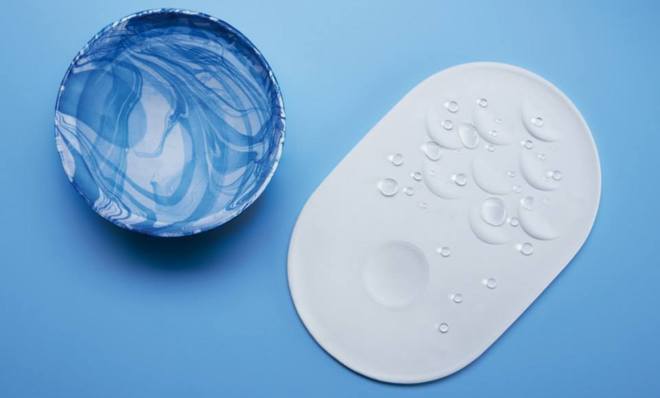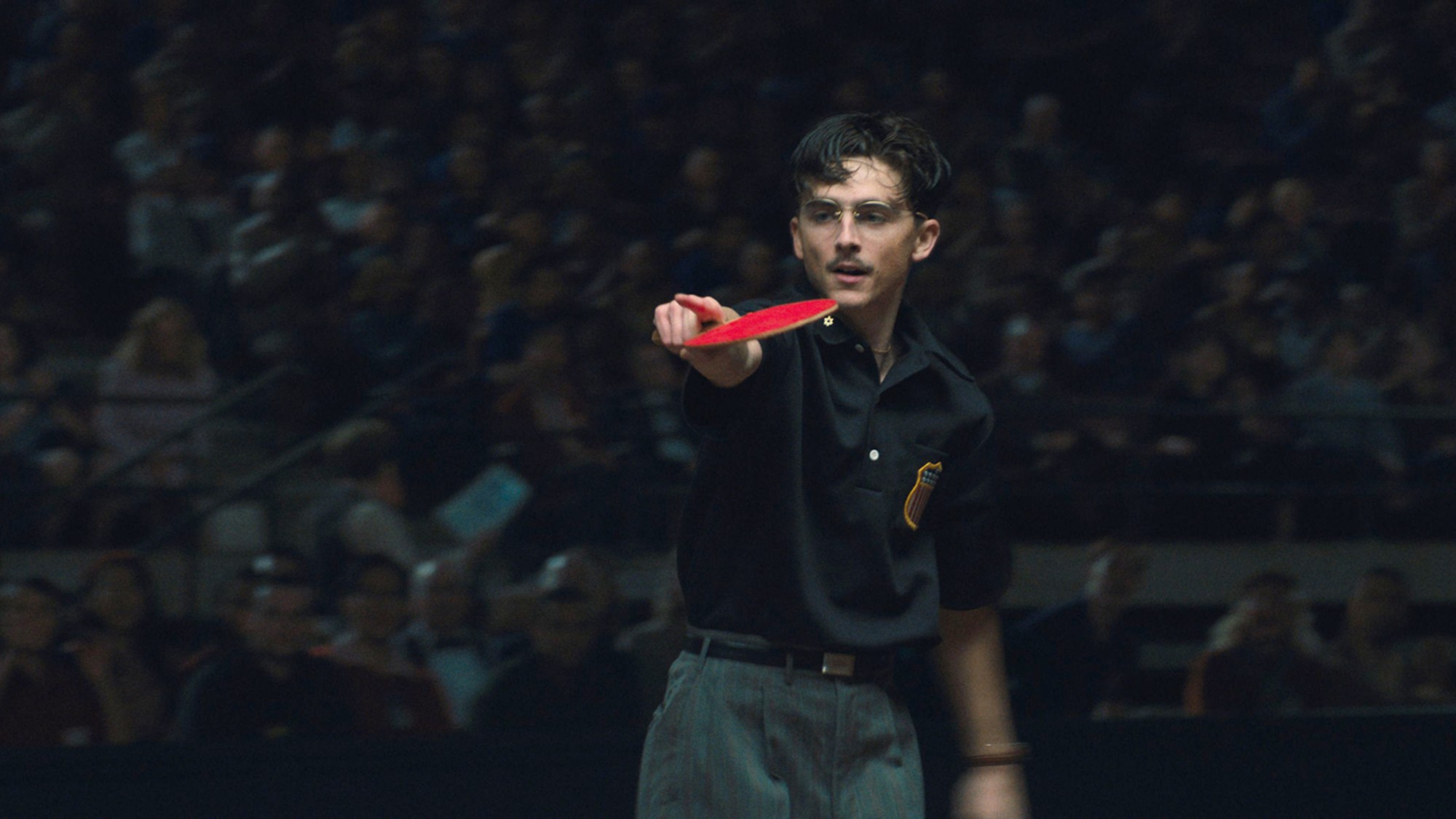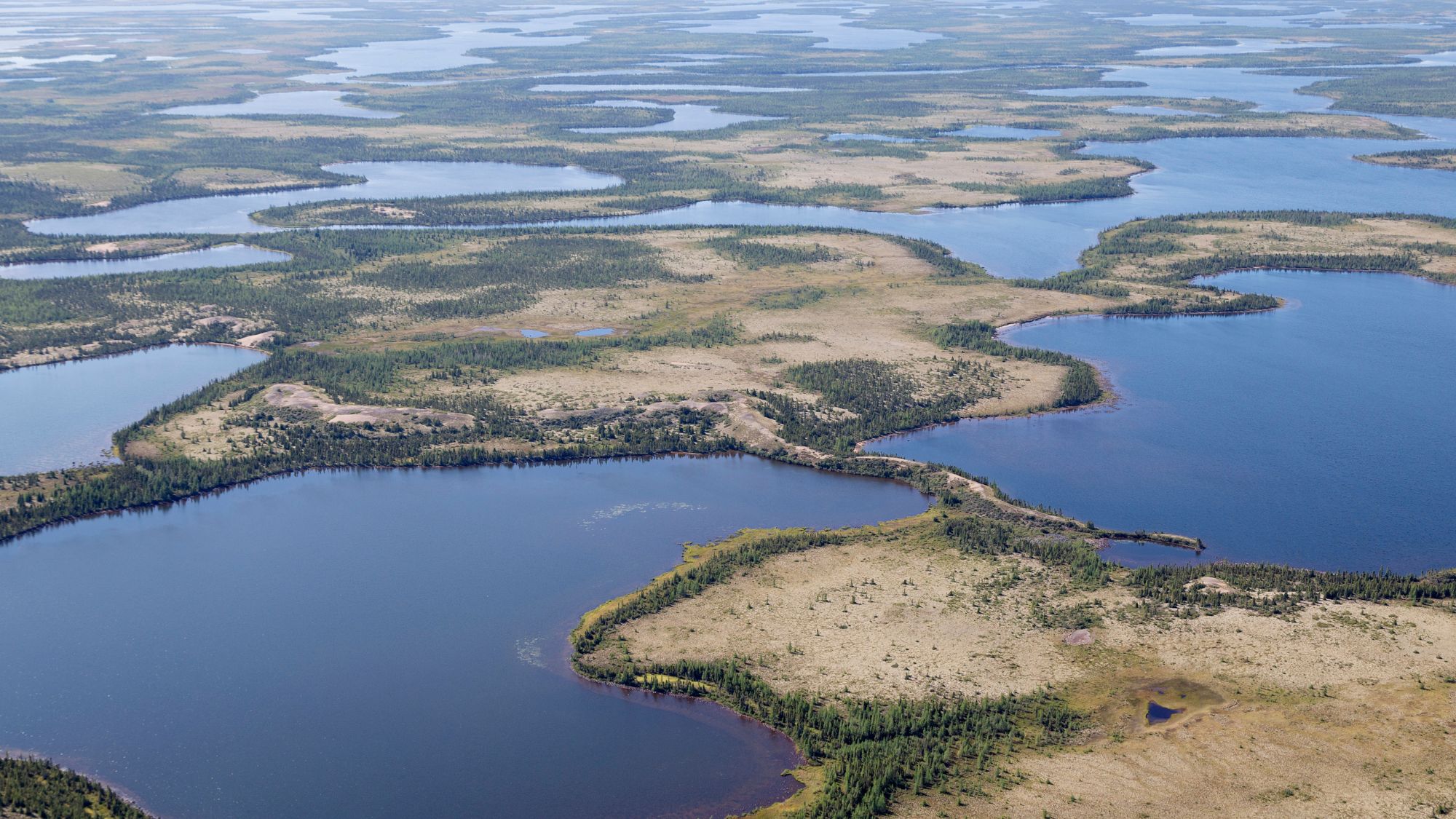Is this self-cleaning plate the future of eating?
Wow. Such plate. So self-cleaning. Very future.

There's little that I find more depressing or exasperating than coming home to see a huge pile of dirty dishes. Washing dishes is the worst. Really, that's why the dishwasher was invented. But loading and unloading dishwashers also can be something of a tedious chore. So we should all be thrilled that Tomorrow Machine, a Swedish design company, has invented this self-cleaning plate and bowl.
As Fast Company explains, these are made entirely of cellulose — plant pulp — finished with a water-repellent coating found in nature on the leaves of lotus plants, nasturtiums, and elephant's-ear plants, and on the wings of some butterflies. These biological structures are water-repellent because they are roughened at a nano-scale level. This minimizes adhesion, causing droplets of water to bead rather than flatten. This means they easily roll off, taking dirt particles with them. For the lotus plant, this kind of coating keeps the plant's leaves free of dirt and contaminants, helping to ward off disease and parasites.
Fast Company explains:
The Week
Escape your echo chamber. Get the facts behind the news, plus analysis from multiple perspectives.

Sign up for The Week's Free Newsletters
From our morning news briefing to a weekly Good News Newsletter, get the best of The Week delivered directly to your inbox.
From our morning news briefing to a weekly Good News Newsletter, get the best of The Week delivered directly to your inbox.
The material developed by Innventia is produced as a convenient sheet which is then hot pressed into a mold that makes the cellulose harden like ceramic. The result is a plate that is both lighter than ceramic and won’t shatter when you drop it. [Fast Company]
The one big problem? The water-repellent coating is not yet approved for food consumption. That's a pretty big stumbling block, and only rigorous testing will tell whether hydrophobic coatings are safe to serve up food for human consumption. This means that it could be awhile before we see these plates used in homes and restaurants.
The plate was created for a project called Ekoportal 2035, commissioned by the Swedish Forest Industries Federation. They asked Tomorrow Machine and research institute Innventia to create three products that explore potential future uses for cellulose created from materials from Swedish forests.
Beside the self-cleaning plate and bowl, the project also produced a transparent digital touch screen made from nano-cellulose, and an item made from a cellulose-based plastic that can be 3D-printed.
Editor's note: This article has been revised since it was first published in order to more clearly include proper attribution to source material.
A free daily email with the biggest news stories of the day – and the best features from TheWeek.com
John Aziz is the economics and business correspondent at TheWeek.com. He is also an associate editor at Pieria.co.uk. Previously his work has appeared on Business Insider, Zero Hedge, and Noahpinion.
-
 Film reviews: ‘Marty Supreme’ and ‘Is This Thing On?’
Film reviews: ‘Marty Supreme’ and ‘Is This Thing On?’Feature A born grifter chases his table tennis dreams and a dad turns to stand-up to fight off heartbreak
-
 Political cartoons for December 14
Political cartoons for December 14Cartoons Sunday's political cartoons include a new White House flag, Venezuela negotiations, and more
-
 Heavenly spectacle in the wilds of Canada
Heavenly spectacle in the wilds of CanadaThe Week Recommends ‘Mind-bending’ outpost for spotting animals – and the northern lights
